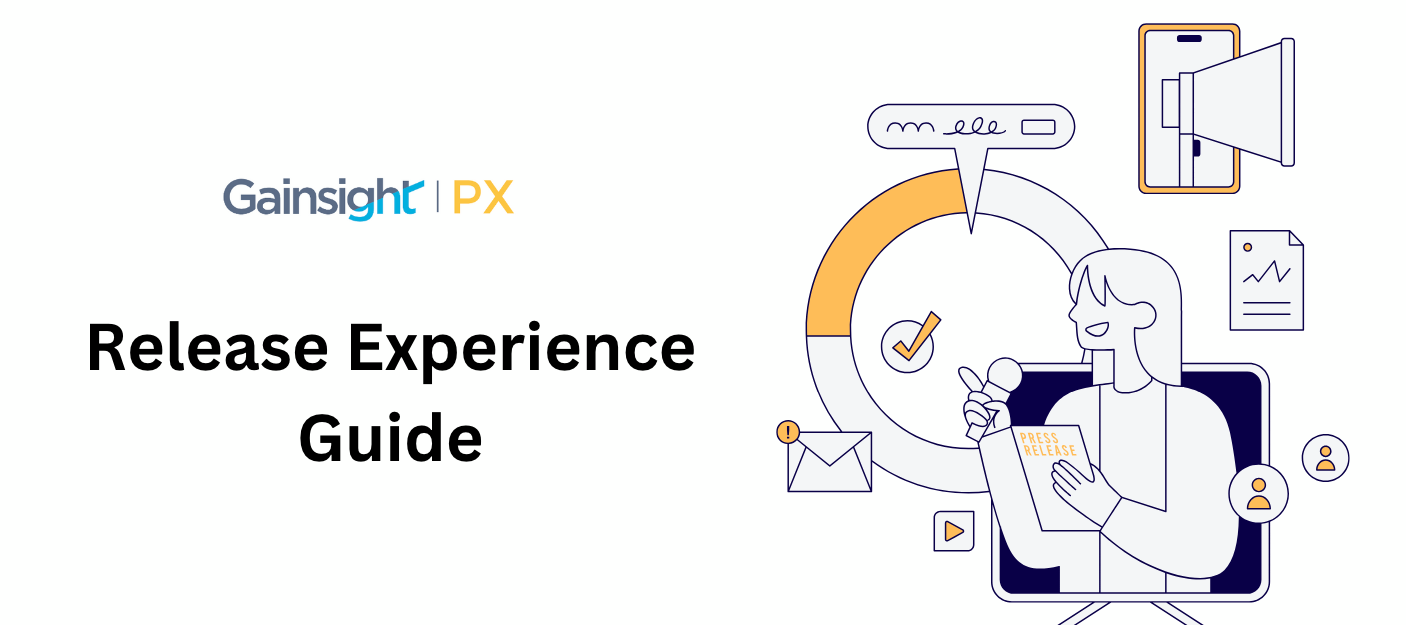A Comprehensive Guide to a Successful Release Experience
This guide helps: Product and Customer Success Leaders who are aiming to enhance user satisfaction and engagement through well-coordinated release experiences.
Straight to the point!
Creating a seamless release experience requires meticulous planning and execution across multiple phases. This involves pre-release preparations, effective communication during the release, and post-release engagement. Leveraging various communication channels at each stage can help ensure your users are well-informed, engaged, and satisfied. Here’s a detailed guide on managing the complete release experience.
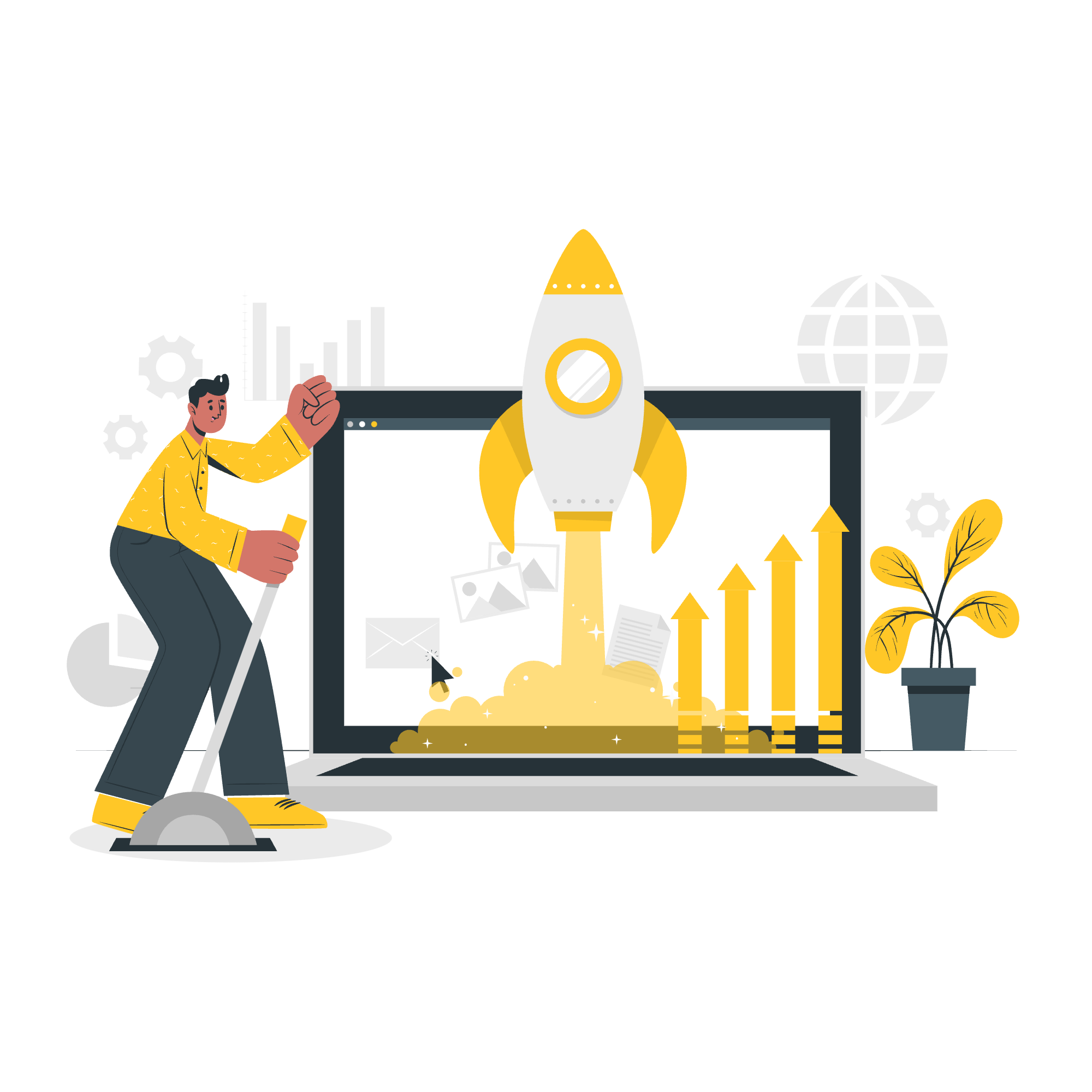
1 : Pre Release Planning : Feature to Value Orchestration
The pre-release phase is a crucial period in the product development lifecycle.This stage marks the transition from active development to launch preparation, where teams across the organization align their efforts to ensure a successful product release.
During this phase, cross-functional collaboration intensifies. Product, engineering, marketing, sales, and customer support teams work closely to ensure all aspects of the launch are coordinated and aligned with the overall product vision.
1. Communication Strategy
a. Multi-Channel Teasers
- Email Teasers: Send teaser emails to generate excitement and anticipation.
- Social Media Posts: Create engaging posts on social media platforms & Community to announce the upcoming release.
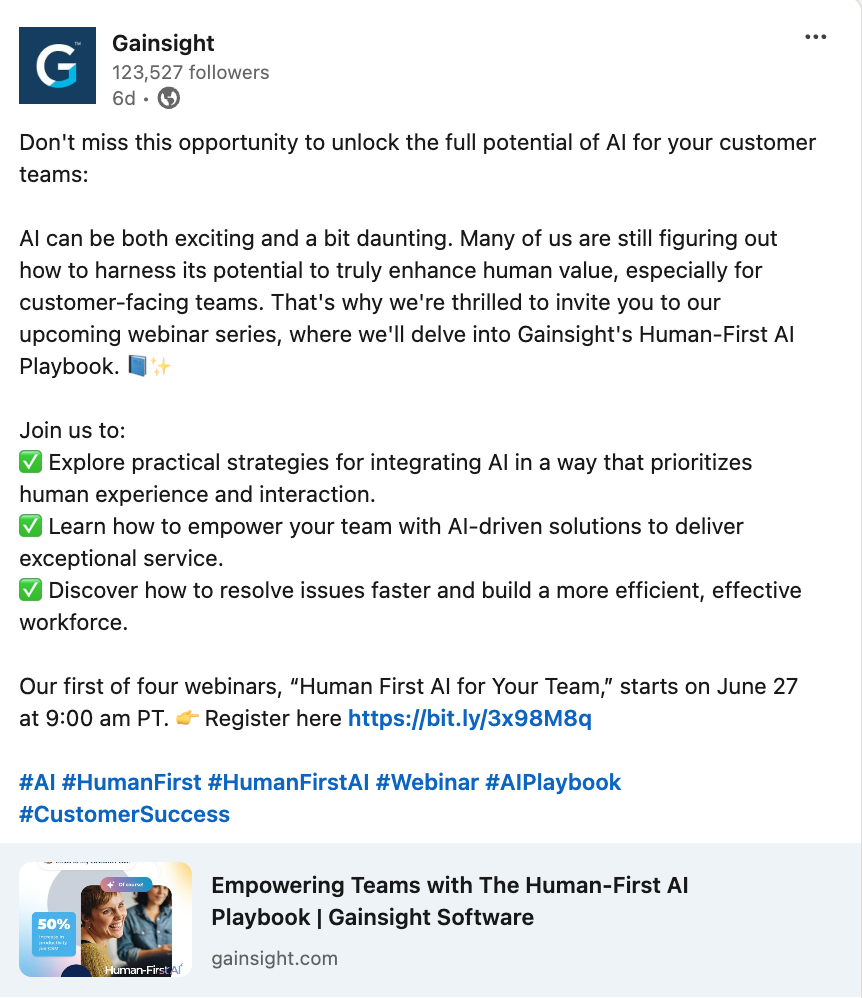
- Community Forums: Start discussions in community forums to build buzz and gather early feedback.
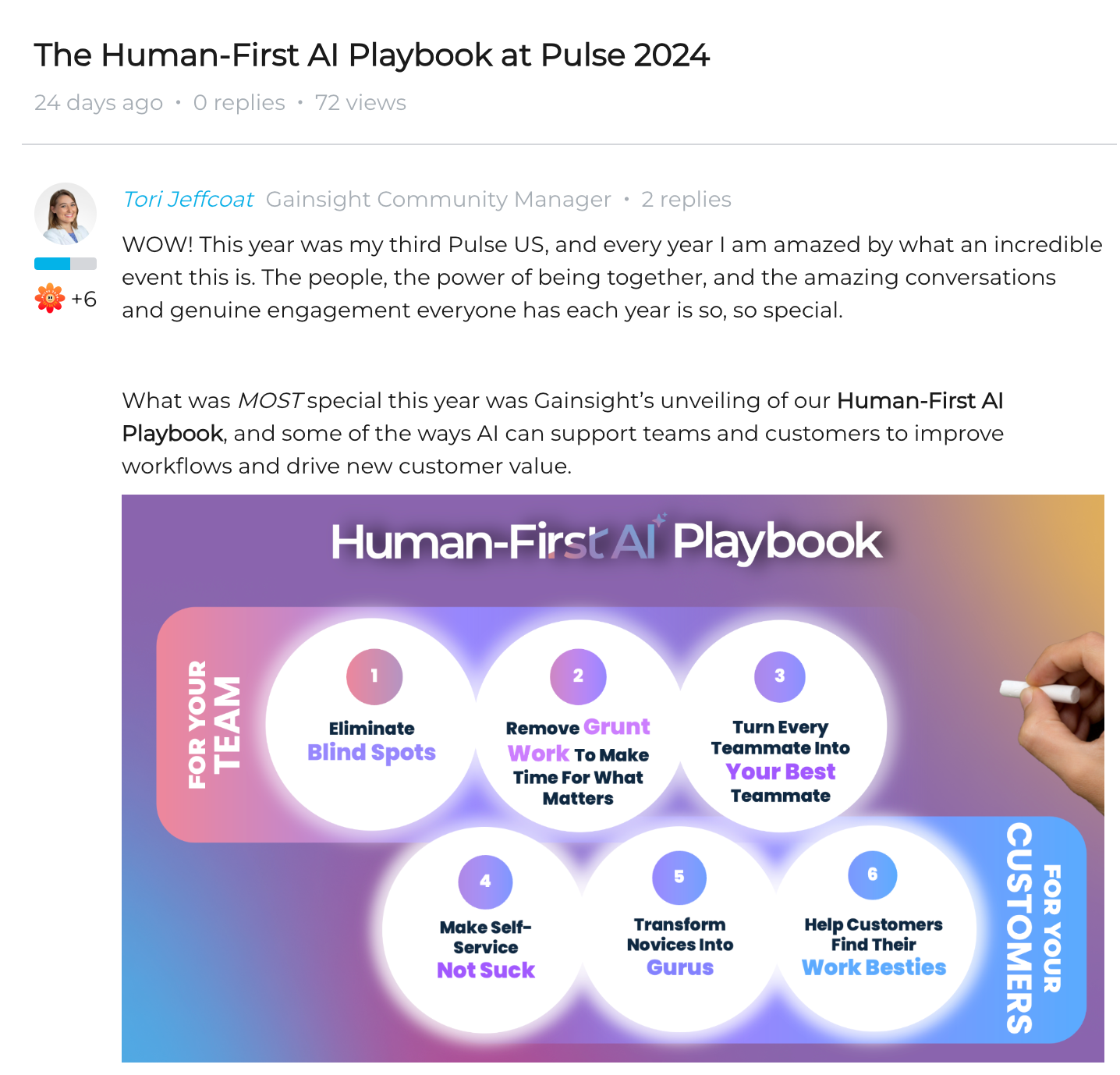
b. Beta Testing Invitations
- Email Invitations: Invite selected users to participate in beta testing through personalized emails.
- In-App Invitations: Use in-app messages to invite users to join the beta testing program.
Phase 2: Release Execution
1. Coordinated Release Day Communication
a. Email Announcements
- Release Notes Email: Send a detailed email on release day outlining the new features, improvements, and bug fixes.
- Segmented Emails: Tailor emails for different user segments, highlighting the features most relevant to each group.
Your segments can be new users vs feature used > 5 times in last 30 days (power user) , role specific (PM or CSMs ) , Goal specific (product use cases)
b. In-App Notifications
- Release Highlights: Use in-app messages to highlight new features as users log in.
- Guided Tours: Implement guided tours to walk users through the new features, ensuring they understand how to use them.
2.Community Engagement
a. Community Campaigns
- Announcement Posts: Share engaging posts with visuals and videos across your community , website & other channels
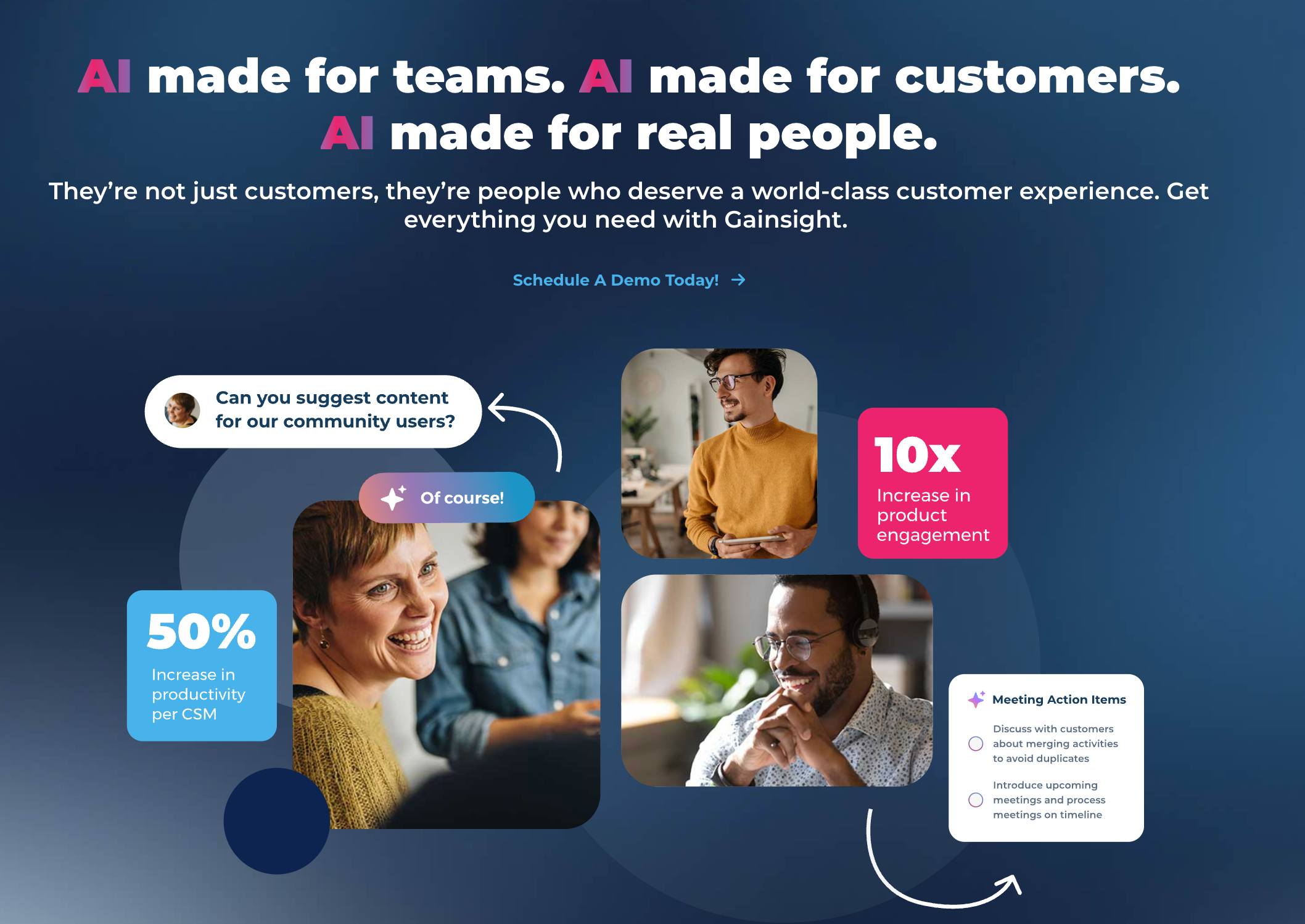
- Live Q&A Sessions: Host live Q&A sessions with Gainsight Events

b. Community Forums
- Discussion Threads: Create threads in your community forums to discuss the release, gather feedback, and answer questions.

- Polls and Surveys: Conduct polls and surveys to capture user reactions and insights.
Phase 3: Post-Release Engagement
1. Continuous Communication
a. Follow-Up Emails
- Feedback Requests: Send follow-up emails requesting feedback on the new features.
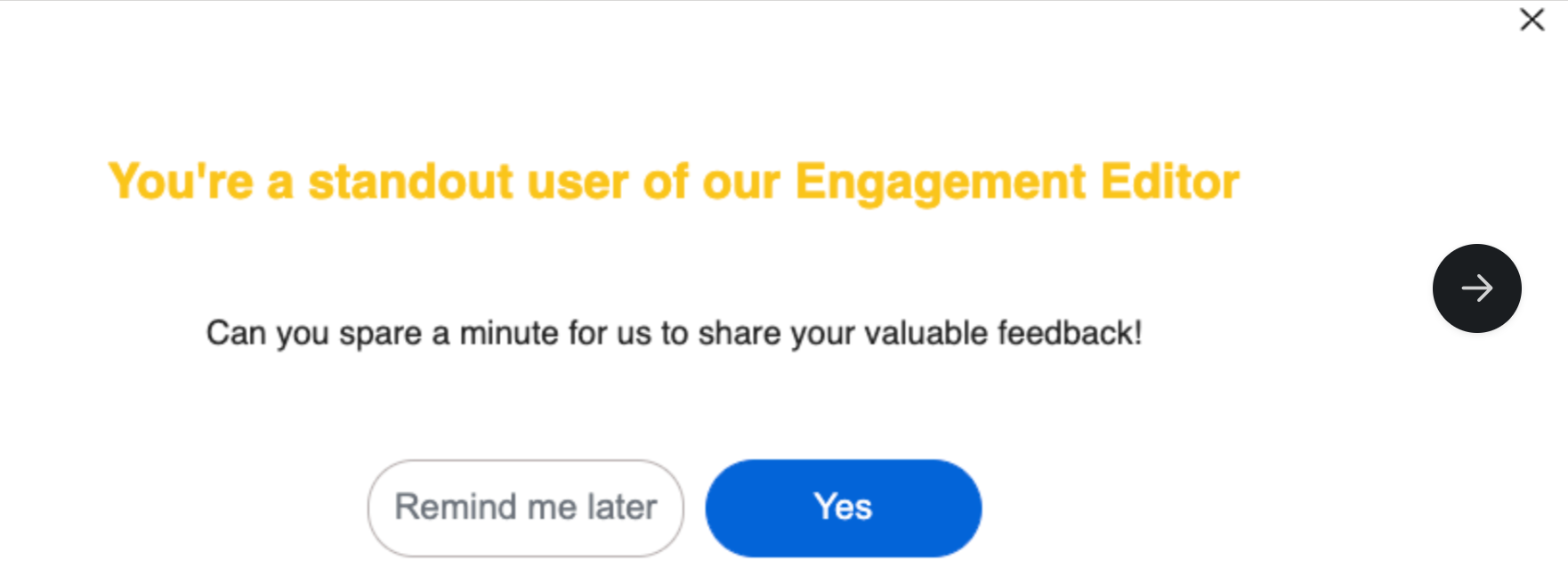
- Usage Tips: Provide tips and best practices for getting the most out of the new features.
b. In-App Engagements
- Tooltips and Hints: Use tooltips and hints to provide contextual help and encourage feature exploration.
- Interactive Guides: Implement interactive guides to assist users in navigating the new features.
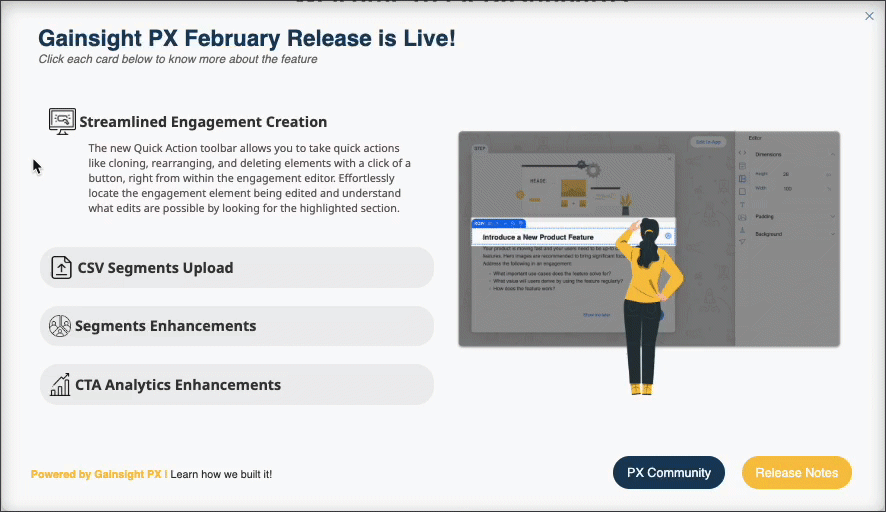
2. Educational Resources
a. Tutorials and Webinars
- Video Tutorials: Create video tutorials that demonstrate how to use the new features effectively.
- Live Webinars: Host webinars to provide in-depth training and answer user questions.
b. Help Center Updates
- Documentation: Update your help center with articles, FAQs, and guides related to the new release.
- Support Resources: Ensure your support team is equipped with the latest information and resources to assist users.
3. Gathering and Analyzing Feedback
a. User Feedback Mechanisms
- Surveys and Polls: Use surveys and polls to gather detailed feedback on the new release.
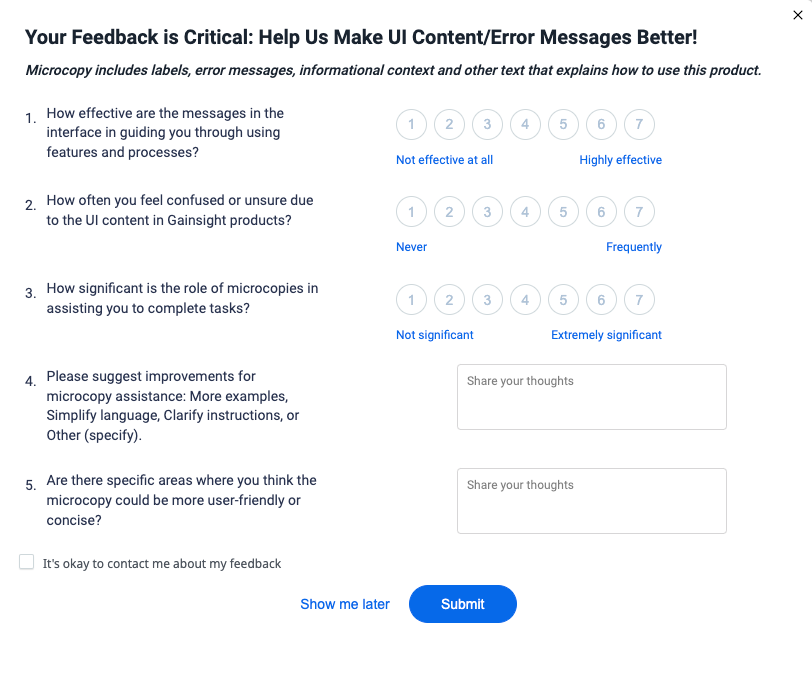
- Feedback Widgets: Integrate feedback widgets within the app for real-time user input.
b. Data Analysis
- Usage Analytics: Monitor feature usage and user engagement metrics to assess the impact of the release.
- Cohort Analysis: Conduct cohort analysis to understand how different user groups are interacting with the new features.
4. Iteration and Improvement
a. Addressing Issues
- Bug Fixes: Prioritize and address any critical bugs or issues reported by users.
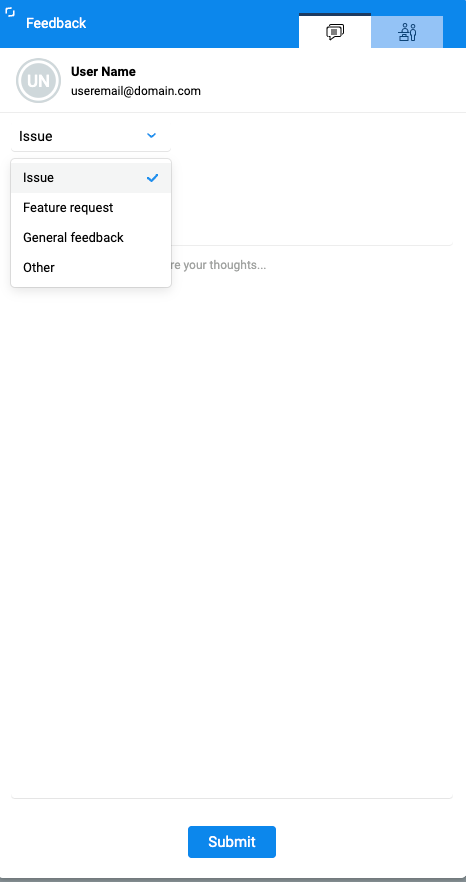
- Usability Improvements: Make iterative improvements based on user feedback to enhance the user experience.

b. Communicating Changes
- Update Announcements: Keep users informed about the changes and improvements made based on their feedback.

- Transparency: Be transparent about what feedback has been implemented and what is being worked on.

5. Incentivizing Engagement
a. Gamification
- Achievement Badges: Implement badges and rewards for users who actively explore and utilize new features.
- Leaderboards: Use leaderboards to create a competitive environment that encourages more interaction with the product.
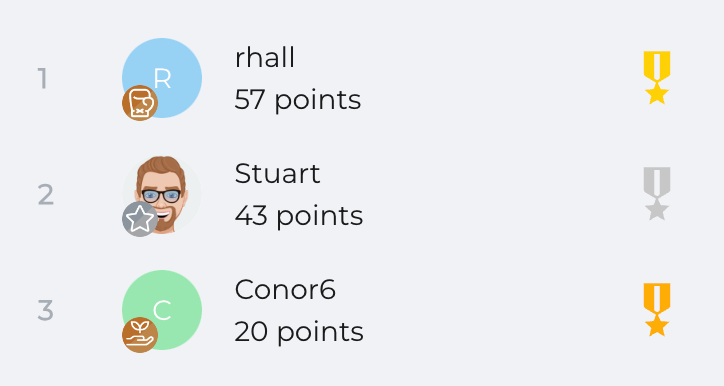
Wrap Up :
A successful release experience requires careful planning, effective communication, and continuous engagement across multiple phases. By leveraging various communication channels—email, in-app messages, community forums, webinars, educational LMS (Learning Management Systems) and more—you can ensure that your users are well-informed, engaged, and satisfied with every release. Remember, the key to successful release engagements is to keep users informed, involved, and excited about what’s new in your product. This holistic approach not only enhances the user experience but also drives long-term success for your product.
Happy releasing! Happy PX-ing!!
Do you like this post? Do share your thoughts, what worked for you and also what you are looking for to help us curate the best for you 🎯🚀
